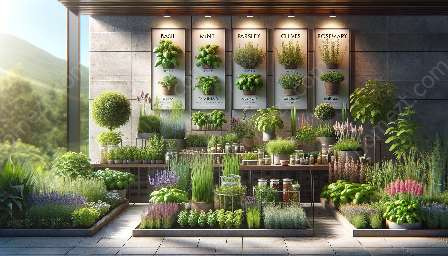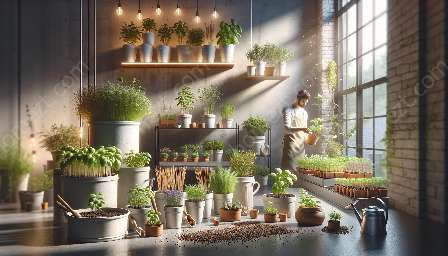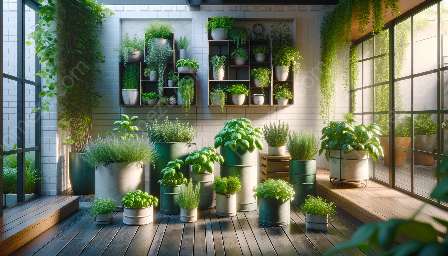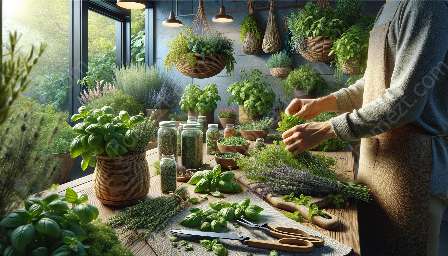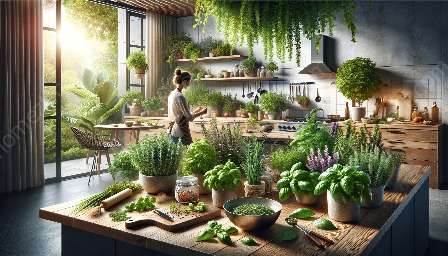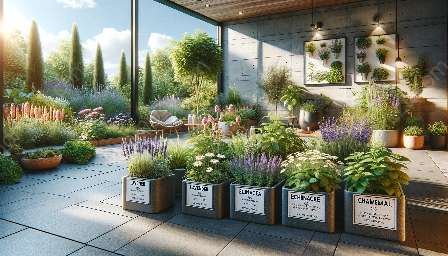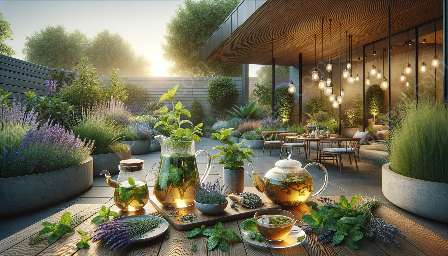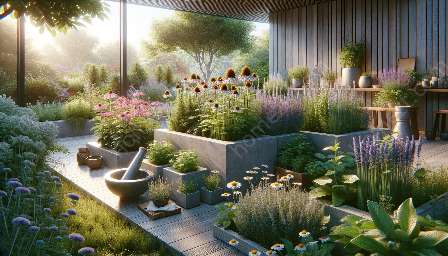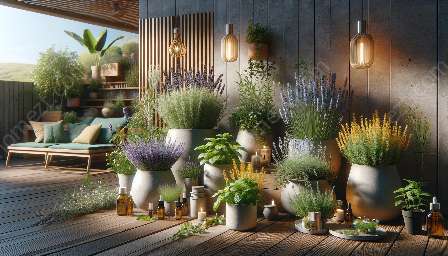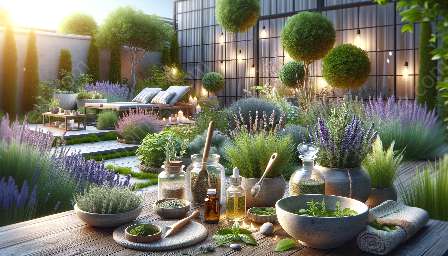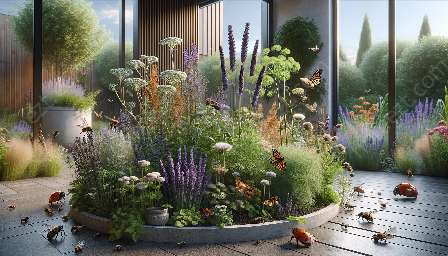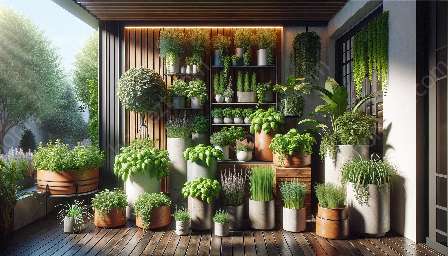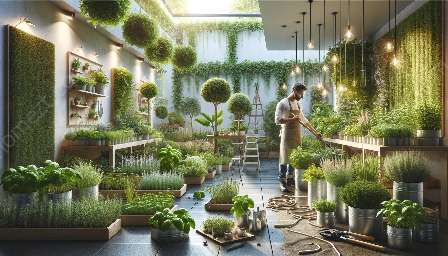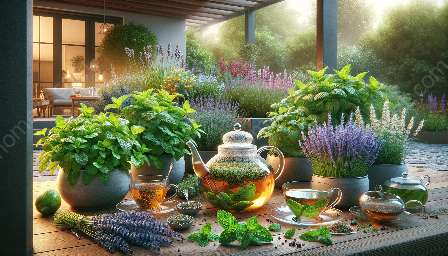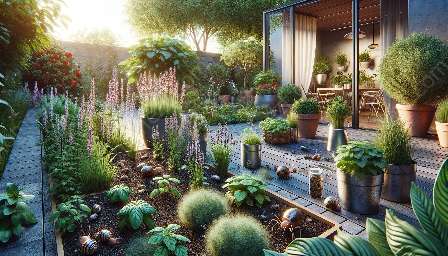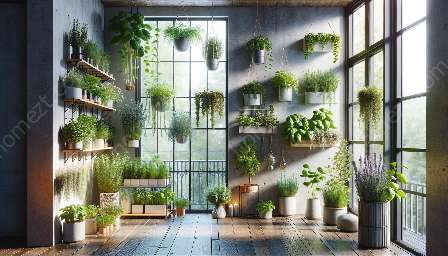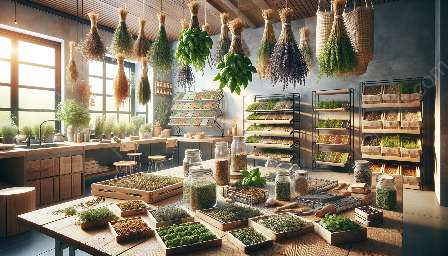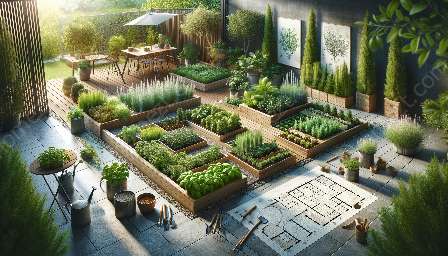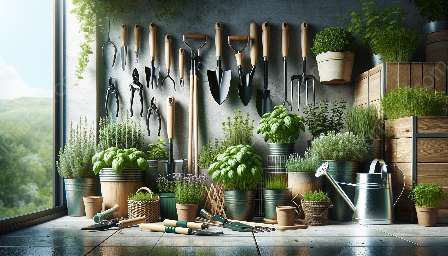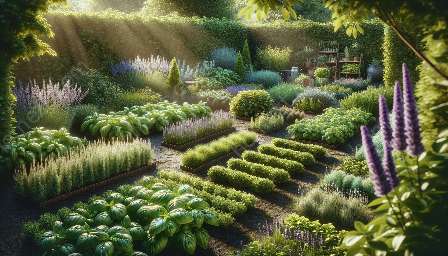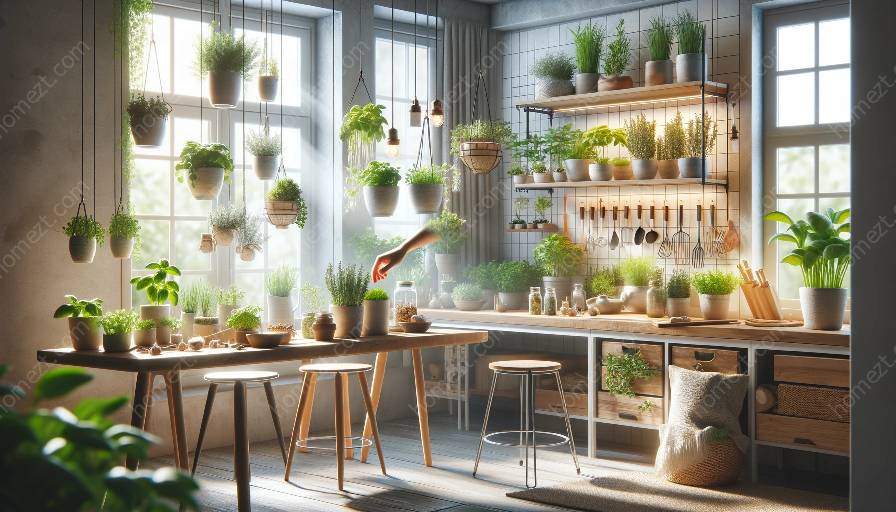Are you looking to bring fresh flavors and wonderful aromas into your home? Creating an indoor herb garden is an excellent way to do so. Not only does it add beauty and vitality to your living space, but it also provides you with a readily available source of fresh herbs for cooking and crafting. Whether you're a seasoned gardener or a novice, this guide will walk you through everything you need to know about setting up and maintaining a thriving indoor herb garden.
Benefits of an Indoor Herb Garden
An indoor herb garden offers numerous benefits, both practical and aesthetic. Firstly, it allows you to have access to fresh herbs all year round, regardless of the season. This convenience not only elevates your culinary endeavors but also reduces the need to purchase expensive and often wasteful store-bought herbs.
Moreover, growing herbs indoors can improve the air quality in your home. Many herbs are known for their air-purifying properties, creating a healthier indoor environment. Additionally, the presence of live plants can contribute to reduced stress and enhanced well-being.
From a design perspective, an indoor herb garden can be a beautiful and functional addition to your home decor. The vibrant colors and varied foliage of different herbs can create an eye-catching display, providing a sense of connection to nature within your living space.
Setting Up Your Indoor Herb Garden
Before diving into the world of indoor herb gardening, it's essential to consider the following factors: location, containers, soil, and light.
Location:
Identify a suitable location in your home that receives ample natural light. Most herbs thrive in at least six hours of sunlight per day. South- or west-facing windows are ideal, but if such spaces are limited, consider using supplemental grow lights to ensure your herbs receive the necessary light.
Containers:
Choose appropriate containers for your herbs. Ensure that the containers have drainage holes to prevent water logging, and opt for pots that are large enough to accommodate the growth of your herbs. Additionally, consider the aesthetic appeal of the containers to complement your home decor.
Soil:
Select a high-quality potting mix that provides good drainage for your herbs. A mix specifically formulated for herbs or vegetables is ideal, as it will contain the necessary nutrients for healthy growth.
Light:
If natural light is insufficient, consider using artificial grow lights to supplement the sunlight. LED or fluorescent lights designed for plant growth can help provide the required light spectrum for healthy herb development.
Caring for Your Herbs
Once your indoor herb garden is set up, proper care is crucial for the ongoing health and productivity of your herbs. Here are some essential tips for maintaining your indoor garden:
Watering:
Regular but moderate watering is key. Overwatering can lead to root rot, while underwatering can cause wilting and poor growth. Check the moisture level of the soil regularly and adjust your watering routine accordingly.
Pruning and Harvesting:
Regularly prune your herbs to promote bushy growth and prevent them from becoming leggy. Harvesting your herbs frequently not only allows you to enjoy their flavors but also encourages new growth.
Fertilizing:
Consider using an organic, balanced fertilizer to supplement the nutrients in the soil. However, be mindful of not over-fertilizing, as this can be detrimental to the health of your herbs.
Pest Control:
Check your herbs regularly for signs of pests, such as aphids or spider mites. Address any infestations promptly to prevent damage to your plants.
Choosing Herbs for Your Indoor Garden
While most herbs can be grown indoors, some are better suited to indoor conditions than others. Consider these popular herbs for your indoor garden:
- Basil: A versatile and aromatic herb, basil thrives in warm, sunny conditions.
- Mint: Mint is a hardy herb that can spread rapidly, so it's best grown in its own container to prevent it from overtaking other herbs.
- Parsley: This biennial herb is easy to grow indoors and provides a fresh, mild flavor to a variety of dishes.
- Thyme: With its woody stems and tiny leaves, thyme is a low-maintenance herb that adds a distinctive flavor to both savory and sweet dishes.
By carefully selecting the herbs for your indoor garden, you can enjoy a diverse range of flavors and aromas while ensuring the success of your gardening endeavors.


